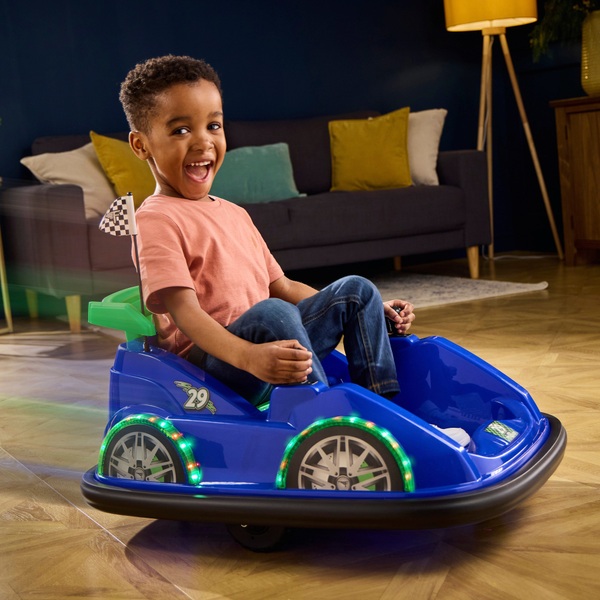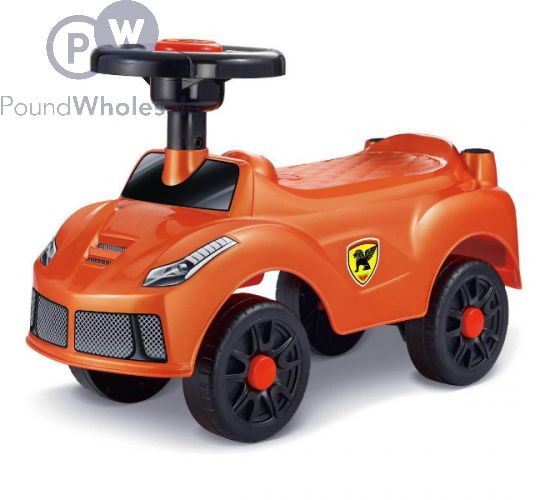Handy Facts For Deciding On Kids Ride On Cars
Handy Facts For Deciding On Kids Ride On Cars
Blog Article
What Do I Need To Be Aware Of About The Battery Life And Charging Time Of An Electric Ride-On Kids Car?
It is important to understand the life span of your battery for the electric ride-on car for children and how long it takes to recharge. This will ensure that you have uninterrupted playtime. What do you need to know the battery type
The majority of electronic ride-on vehicles for children use rechargeable batteries. They are usually lithium-ion batteries or lead acid batteries. Lithium-ion batteries last longer life span and faster charging times compared to lead acid batteries.
Battery Capacity
The time of operation for a ride-on car is dependent on the battery's capacity. It is measured in amp-hours, or Watt-hours. High capacity batteries allow for longer play time without the need for recharge.
Run Time -
This is the length of time an electric ride-on is able to run continuously following a single charge. It can differ based on a variety of factors, including battery's capacity, motor's power, terrain, and weight of the person riding.
Common run times for electric ride-on cars range between 30 minutes and 2 hours on a single charge. Certain batteries with a higher capacity can offer an extended run time.
Charging Time -
The charging time is the it takes for the battery to completely recharge after it's been depleted. Charge times vary based on the battery's capacity, charger specs, and charging technique.
In general the time to charge electric vehicles is between 8 and 12 hours. Some models, particularly those that use lithium-ion batteries, may have faster charging times.
To ensure the safety of your family and prolong battery life, it's important to charge the battery according to the specifications of the manufacturer. The battery's performance and its longevity is affected through overcharging or undercharging it.
Charge Method Charge Method
Chargers that charge electric rides are typically plugged into standard household outlets. Certain models allow fast charging or include a clever charger that regulates the rate at which a battery is charged.
Make sure that the charging connector and port can be used with the charger that comes with the ride-on vehicle in order to avoid damage to the battery or the electrical system.
Additional Batteries
Some electric rides-on-cars offer an option to buy additional batteries or spare batteries to play for longer periods of time. By having extra batteries available you can exchange the battery that is depleted for one that is fully charged to cut down on time.
Understanding the battery life and charging time of an electric ride-on kids' car ensures your child will enjoy endless playtime and exciting adventures as they explore the world around them. It is crucial to recharge the battery as frequently as you can and adhere to the correct charging practices. This will maximize battery performance. Follow the best electric kids cars for more advice including childs electric ride on car, two seater childrens electric cars, childrens electric cars, electric toy car, ride of car, car electric ride on, riding digger, car for toy, car toy car toy, riding digger and more. . 
How Are Models For Children's Cars Designed For Outdoor And Indoor Use?
The cars for children are designed with specific features and characteristics to suit various environments and scenarios, indoors or outside. Here are a few different features of these cars Indoor Use Cars
Dimensions and Weight Cars that are designed for indoor use tend to be smaller and lighter in weight to be maneuvered easily in small spaces such as playrooms, living rooms, or hallways. They're small enough to fit in tight corners, narrow passages and avoid damaging walls or furniture.
Low Ground clearance: Indoor vehicles have low ground clearance in order to ensure that they do not get stuck on carpets, rugs or thresholds. This permits smooth, continuous motion on indoor surfaces.
Smooth Wheels. Cars that are used indoors typically include wheels made of materials that are smooth like rubber or plastic. They provide greater grip and traction when used on smooth surfaces like hardwood floors, laminate flooring or tiles. They are designed with a minimum of sound to reduce scratching and scratching on indoor surfaces.
Limited Speed - Indoor vehicles tend to be restricted in speed to ensure safe and secure driving in small areas. This can help avoid collisions with furniture, walls or any other indoor obstructions.
Outdoor Use Cars -
Durable Construction - Cars that are made for outdoor use are constructed with sturdy materials. They can be constructed of tough metal or plastic to withstand elements of the outdoors like sunlight, moisture, temperature fluctuations and rough handling. They are more durable against wear and tear from exposure to outdoor conditions.
Greater Ground Clearance: Outdoor use vehicles are equipped with a greater level of ground clearance to navigate bumps and uneven terrain when driving outdoors. They can traverse rough surfaces such as gravel, asphalt dirt, grass, or even dirt without becoming stuck or damaged.
Traction Tires - The tires of cars that are designed for outdoor use are typically fitted with patterns or treads in order to provide better traction and grip on uneven or slippery surfaces. This provides better control and stability while driving in outdoor terrain.
Weather Resistance - Outdoor usage cars may feature weather-resistant components such as sealed electronics, waterproof casings or rust-resistant materials that protect against environmental and water damage. This allows them to withstand exposure to rain, mud, or puddles without compromising the performance.
High-Speed - Vehicles made to be used outdoors have higher speeds as they're designed to handle the wide spaces and distances that can be encountered in the natural world. It provides an exhilarating adventure for kids who want to explore outdoor spaces.
Take note of these characteristics and features when choosing a model for your child's vehicle. It will be adapted to the conditions and uses that you have in mind whether indoors, outdoors or both. You can be sure of an enjoyable, long-lasting and safe playing experience. Follow the top find out more about remote control childrens cars for more info including ride on digger, kiddies cars, childrens electric ride on, electric ride on, childs car toy, cars pedal car, electric car ride, electric toy car, electric ride on, toy the car and more. . 
What Should I Think About Before Buying An Electric Kid's Car? Pros And Cons?
Be aware of these aspects before buying an electric vehicle for your kid to ensure that you buy the most suitable model to fit your child's needs. Here are some considerations to make, as well as details on the dimensions and prices, pros or pros and.
Select an electric child's car according to the age and size of your child is. Children who are smaller or younger might prefer lightweight, compact cars. However, older children and people with larger bodies may require larger cars that are able to be able to accommodate them in a comfortable manner.
Cars Dimension and Weight –
Electronic cars for kids come in various sizes, ranging from small micro-sized models, to larger-scale replicas of real cars. The size and weight of the car should be considered in relation to your child's age and height as well as their the strength of your child. Also, think about space for storage or play.
Price Band
Electric cars for kids are available in a wide price range based on aspects like size, features and brand. Prices for small-sized cars vary between $50 to $200. For larger cars the prices could be as high as $800.
What are the pros and cons?
Pros -
Electric cars for children provide hours of entertainment, imaginative play and the chance to drive their own vehicle.
Motor Skill Development: Driving an electric vehicle helps develop spatial awareness and fine motor skills in children.
Electric cars promote outdoor play, physical exercise and exploration.
Realistic Details: Many electronic kids' cars have realistic features like working headlights, MP3 player compatibility, and horn noises. These features improve the experience of playing.
Cons -
Cost - High-quality electric kids' cars can be expensive, especially licensed replicas of popular car brands.
Battery Life: Electric vehicles run on rechargeable lithium-ion batteries which have a life-span that is limited and must be recharged regularly.
Safety Issues: Electric vehicles can be risky if they are not operated under adult supervision. They could result in accidents, falls or even entrapment.
Maintenance and assembly - Certain electric cars require assembly upon they arrive and ongoing maintenance. This includes cleaning, battery maintenance and occasional repairs or parts replacements.
Features and Accessories
Think about the features and other accessories included in the electric children's car, such as functioning headlights, horn noises and remote controls for parents, seat belts, and storage compartments. Select a car that is compatible with your child’s interests and tastes.
The best electric car for your kid will ultimately depend on their age, size, their interests and your budget. Before deciding, take the time to look over and compare different options. Check out reviews and evaluate the pros and cons. Read the most popular kids ride on cars kidscars.co.uk news for site recommendations including childs car toy, ride of car, pedal car, car for toy, cars pedal car, digger ride, kiddies cars, a toy car, electric car ride, car for toy and more. .